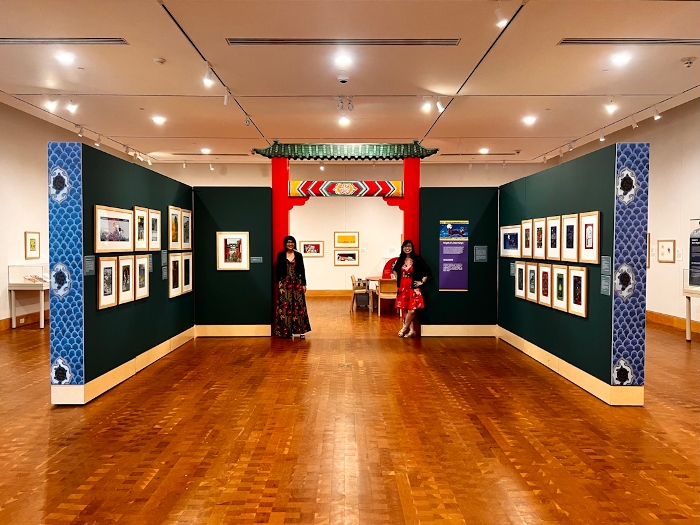Articles & Opinion
Original cover art by Matt James. Horn Book Fanfare: Our choices for the best books of 2025. Coverage of the 2025 Boston Globe–Horn Book Awards celebration (at the Cambridge Public Library”): judges’ remarks, speeches, photos. Field Notes: bookstore children’s events manager Hannah Peterson shares “Storytime Smash Hits.” Single copies of...
In August of 2024, Illinois passed HB 4895, a bill mandating climate education in public high schools by the 2026–2027 school year. Four other states (NY, CA, CT, NJ) already mandate climate education in their schools. Recent surveys, however, show that the majority of U.S. teachers don’t teach climate change...
During the film adaptation of Wicked, the Wizard says, “The best way to bring folks together is to give them a real good enemy.” The terms “diversity” and “DEI” (diversity, equity, and inclusion) have been recently miscast in that role, to mean unskilled people, unfairly hired or otherwise prioritized, and...
Welcome to our annual list of recommended new and reissued picture books of seasonal and holiday interest. Season's greetings from the Horn Book staff! The Birds of Christmas by Olivia Armstrong; illus. by Mira Miroslavova Preschool, Primary Eerdmans 40 pp. 8/25 9780802856470 $18.99 One cold night, Raven receives a celestial...
From outer space to worlds almost like our own to realities in historical fiction, this issue of Notes offers a variety of settings and journeys. With Five Questions for Laura Amy Schlitz about her thought-provoking and enjoyable sentient-dolls-meet-plucky-and-complex-protagonist novel The Winter of the Dollhouse, there are many great recommendations with which to curl...
Hung, left, and Lin stand in front of a gate that mimics Chinatown entryways. Photo courtesy of Melissa Hung. In the pages of Grace Lin’s books, young protagonists might spend the day with their families building kites to fly. Or, they might journey through a mythical world where dragons talk....
Earlier this fall, I was able to see Hamilton on Broadway, with Leslie Odom Jr., thrillingly, reprising his role of Aaron Burr. I will forever associate Odom with my unforgettable experience of accepting the Mentor Award on behalf of The Horn Book at The Carle Honors Benefit Gala in fall...
Cover from The Giving Flower by Alda P. Dobbs. Illustration © 2025 by Emily Mendoza. Features Curating The Art of Grace Lin by Melissa Hung A look at an exhibit on view at The Eric Carle Museum of Picture Book Art. Won't You Miss the Polar Bears? by Martha Meyer Examining the...
(c) 2025 by Shawn Harris. From the September/October 2025 issue of The Horn Book Magazine. Single copies of this issue are available for $15.00 including postage and may be ordered from: Horn Book Magazine Customer Service magazinesupport@mediasourceinc.com Full subscription information is here....
7,136 articles
ALREADY A SUBSCRIBER? LOG IN
We are currently offering this content for free. Sign up now to activate your personal profile, where you can save articles for future viewing.








